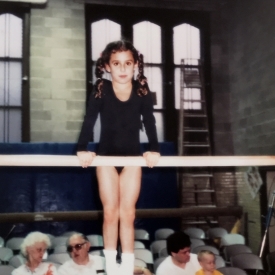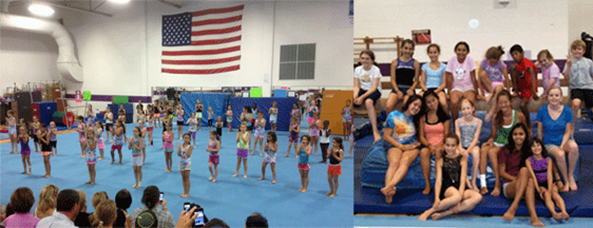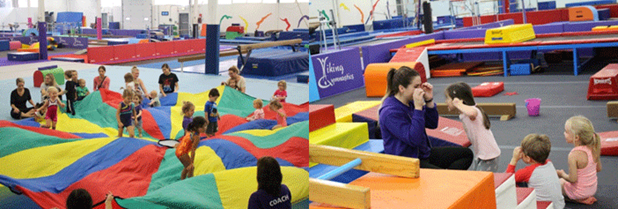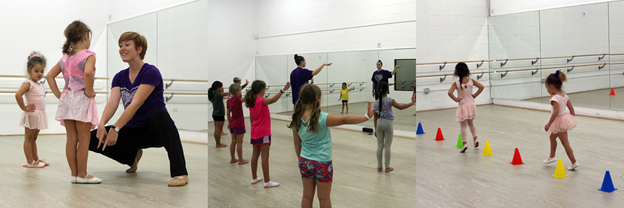It’s mid-November already! A time when leaves turn to vibrant and warm oranges, yellows and reds, daylight grows shorter and weather takes a chilly turn. Fall time brings hot cocoa and cozy socks, but it also ushers in the start of the holiday season.
Many of us look forward to Thanksgiving for spending time with family and eating delicious food (sometimes not necessarily in that order), but at the root it is simply about welcoming and sharing. During Thanksgiving we not only prepare a space for others to sit and share our table, but it is also a gentle reminder for us to open heart and home to those we care about and those in need. More importantly, it is a time to take a step back to appreciate the things we are most grateful for and all that life has provided.
We recently polled our dance students to get to know the reasons why they are thankful for having dance in their lives. Here are the top 10 answers!
- I am thankful for dance because I love to do it and it gives me exercise! – Hailie, age 8
- I am thankful for dance for getting stronger! – Arden, age 6
- I am thankful for dance because of close friends and strong flexibility – Kayla, age 7
- I’m thankful for dance because dance just makes me feel good! I love when we learn new moves! – Belle, age 8
- I am grateful for dance because of the supportive environment that is provided by the faculty of this studio and my friends here – Dyllan, age 14
- I am thankful for dance because it makes me work hard and toward my potential. – Melanie, age 13
- I’m thankful for dance because it lets you express yourself. You can do it with so much passion – Norah, age 9
- I am thankful for dance because it makes me feel free! – Hannah, age 8
- I’m thankful for dance because I have the ability to let go of all my stress from my life. Dance really helps me express things when I don’t have the words. Trevi, age 14
- I am thankful for dance because it is my escape from reality. Whenever I dance I forget all my worries and troubles. It makes me feel confident and powerful. – Samantha, age 10

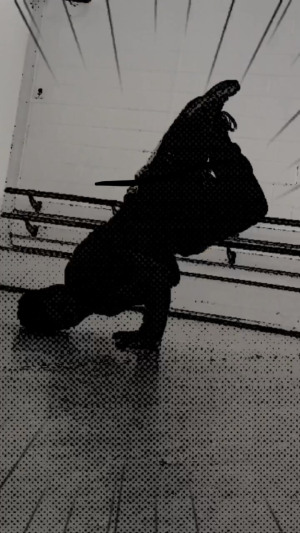
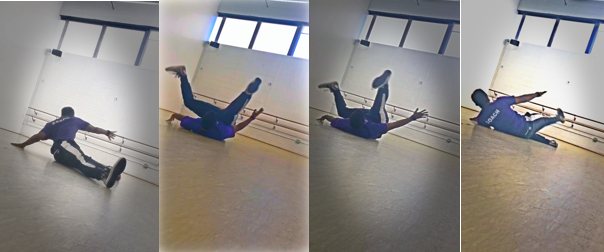
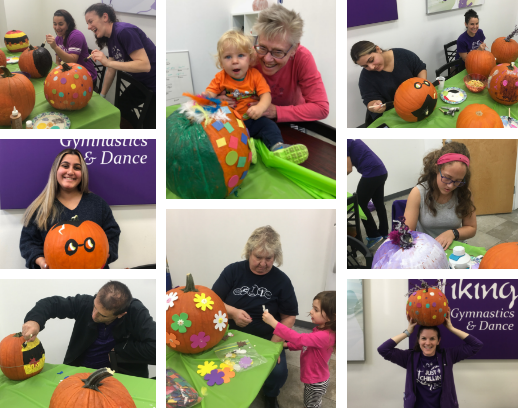 The painted pumpkins were displayed all week. Our Viking gymnasts, dancers, and their families had a great time choosing their favorite painted pumpkin!
The painted pumpkins were displayed all week. Our Viking gymnasts, dancers, and their families had a great time choosing their favorite painted pumpkin!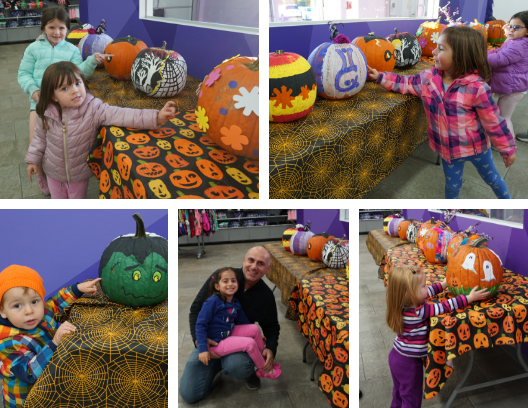
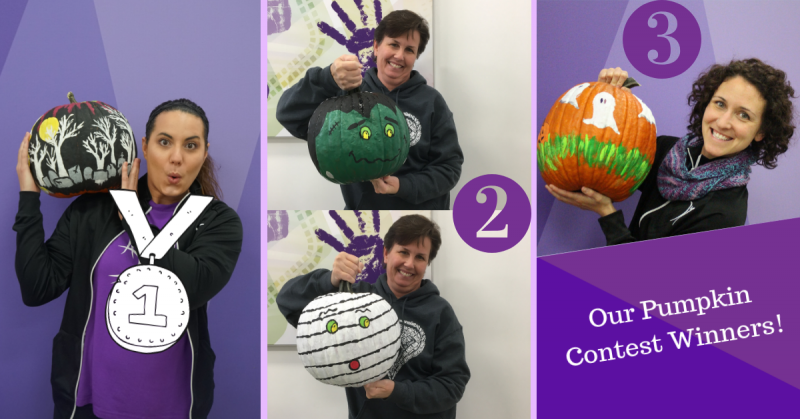
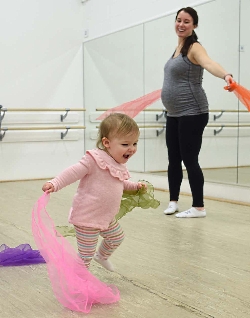 Early childhood development skills
Early childhood development skills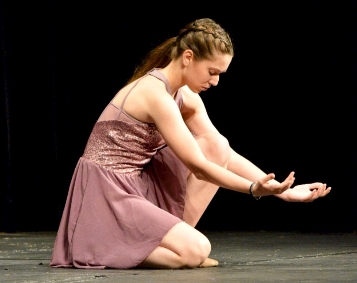 How to get your child involved
How to get your child involved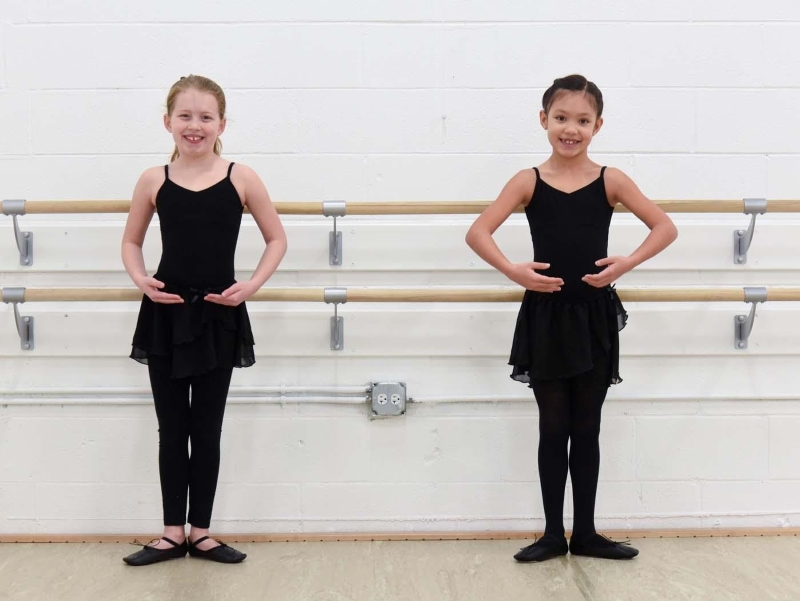
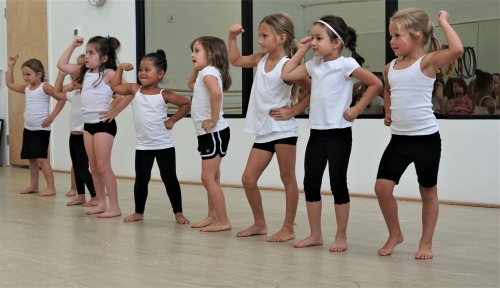 Every studio works a little differently, so here are some basic questions to ask your studio before the season begins:
Every studio works a little differently, so here are some basic questions to ask your studio before the season begins: Expert Tip:
Expert Tip:
 Exercises to help turnout
Exercises to help turnout What does physics have to do with dance or jumps?
What does physics have to do with dance or jumps?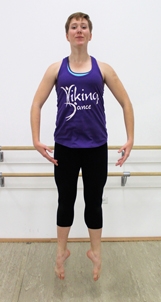 Pay attention to your plié
Pay attention to your plié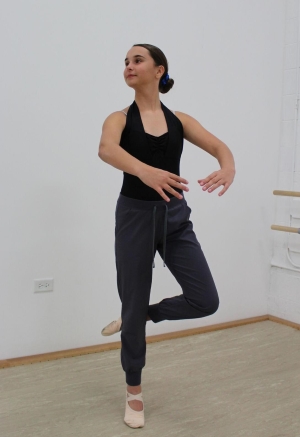 Spotting is a term dancers use when turning to describe the focus of the eyes. Spotting is finding a fixed focal point in in front of the dancer for his/her eyes to lock onto in order to keep the dancer’s place. Effective spotting can help minimize dizziness after multiple turns.
Spotting is a term dancers use when turning to describe the focus of the eyes. Spotting is finding a fixed focal point in in front of the dancer for his/her eyes to lock onto in order to keep the dancer’s place. Effective spotting can help minimize dizziness after multiple turns.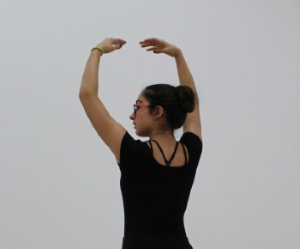 TIP: Remember to keep your body turning at the same speed. Resist the urge to speed up your body during the turn when your head whips around. Your head must always make it back to the front first!
TIP: Remember to keep your body turning at the same speed. Resist the urge to speed up your body during the turn when your head whips around. Your head must always make it back to the front first!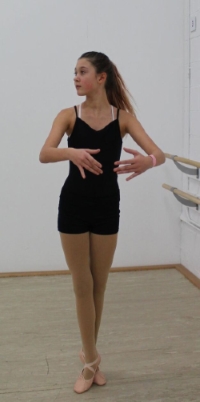 Of course practicing at home can never replace the benefits of regular technique classes. If you are interested in learning more about turns or improving your turning skills, a Ballet, Jazz, or Lyrical class would be great to try! Class descriptions can be found on our
Of course practicing at home can never replace the benefits of regular technique classes. If you are interested in learning more about turns or improving your turning skills, a Ballet, Jazz, or Lyrical class would be great to try! Class descriptions can be found on our 